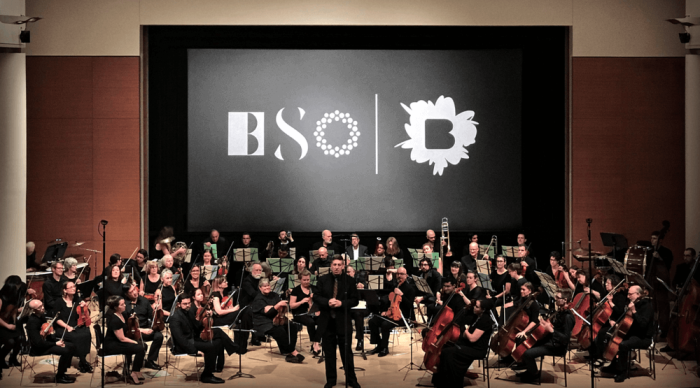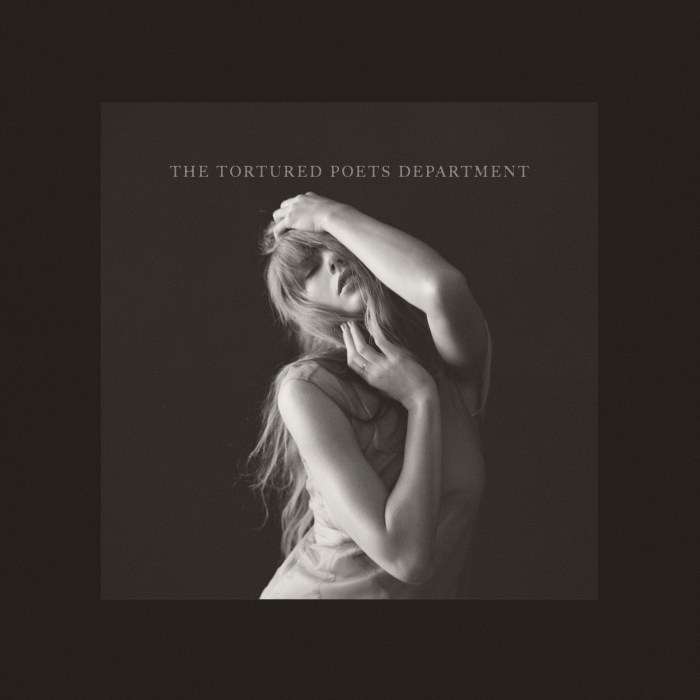Federal appeals panel finds plaintiffs can’t prove decency law unduly burdens free speech
Finding that it was impossible to establish the degree to which constitutionally-protected speech might be inhibited by the obscenity provisions of the federal Communications Decency Act, a special three-judge federal court ruled late in July against a challenge to the statute by Barbara Nitke, a photographer who specializes in sexually-oriented subjects, and the National Coalition for Sexual Freedom.
The opinion, published in the New York Law Journal on August 2, did not name any one of the judges as its author. The three-judge panel consisted of U.S. 2nd Circuit Appeals Judge Robert Sack and District Judges Richard Berman and Gerard Lynch. All three of the judges were appointed to the bench by former Pres. Bill Clinton.
As Gay City News reported in April 2003, the same three-judge court originally rejected the government’s attempt to get the lawsuit thrown out. They found that the plaintiffs had raised a plausible constitutional theory and that the method of determining whether particular content is obscene is sufficiently unpredictable that the law could in effect deter or punish arguably protected speech. The panel gave the plaintiffs the opportunity to prove that sufficient protected speech was deterred or subjected to prosecution to make the statute unconstitutional.
The court also found the plaintiffs had standing to bring a suit, since they sought to post material on the Internet that could expose them to prosecution and thus had a personal stake in the matter.
The court was unwilling, however, to issue a preliminary injunction against the statute’s enforcement pending the lawsuit’s outcome.
The new decision is based on a two-day trial in which experts on both sides testified and were cross-examined about the impact of the Communications Decency Act. The CDA prohibits knowingly transmitting obscene content to minors on the Internet, but provides a defense if reasonable methods are used to exclude minors from access to the material—including adult verification, special access codes or credit card use. The law’s practical effect, then, is to ban free and easy Internet access to any obscene material not shielded in one of these ways. The courts accept the notion that without such shields, minors will access such material and the content provider should be held responsible.
Beginning in 1957, the Supreme Court found that obscene material does not generally enjoy First Amendment protection, and may be subjected to reasonable government restrictions, particularly to protect unwilling consumers and minors. In 1973, the court finally established a three-part test for defining what is obscene.
Based on the concept of “contemporary community standards,” the test requires that the work be seen by “the average person” as appealing to “the prurient interest,” that it describe or depict “sexual conduct… in a patently offensive way,” and that it lack “serious literary, artistic, political or scientific value.” All of these judgments are, of course, subjective.
The Internet poses a significant challenge to using this test since access to material is no longer governed by geographic limitations that can form the basis for determining “community standards.” This becomes particularly salient since both Nitke and members of the Coalition are interested in documenting and displaying S/M sex acts and they argued that the CDA’s requirement that access be shielded would discourage adults interested in viewing their material since it would involve surrender of their anonymity.
The plaintiffs conceded that some of what they want to post might be considered obscene under the Supreme Court’s community standards test in some, though not all locales. However, the test of “literary, artistic, political or scientific value” has been a national measure, and that has provided the most important defense for those prosecuted under obscenity laws.
A vivid example of these tests at work came during the famous prosecution of the Cincinnati Museum of Fine Arts in the early 1990s for displaying S/M photographs by Robert Mapplethorpe. A local Cincinnati jury, properly instructed on the law, acquitted the museum and its director after hearing a parade of highly-credentialed art experts who testified, without any significant contradiction, about the serious artistic value of the photographs.
Nitke and the Coalition argued that the kind of material they were interested in posting is much more controversial than the Mapplethorpe works, which tended to be formally posed, highly stylized and carefully composed as “art.” Nitke’s work is more documentary in nature, capturing what appears to be actual rather than posed S/M activity, some of it much more explicit than anything photographed by Mapplethorpe, The Eulenspiegel Society, a member of the Coalition, similarly has posted stories and photographs depicting actual rather than artistically-composed S/M activities.
The plaintiffs testified that news of the CDA criminal penalties deterred them from posting certain materials on their Web sites, given their uncertainty that they could establish the “value” of the work from expert testimony.
The court found the fear of possible prosecution reasonable, but also found that Supreme Court doctrine on the First Amendment holds that incidental deterrence or punishment of protected speech might be allowable in pursuit of a compelling interest in deterring or punishing obscenity. One seeking to have a statute declared overly broad has to show that it punishes a substantial amount of constitutionally protected speech in comparison to the amount of unprotected speech.
The court found that the plaintiffs had failed to meet their burden to document the degree of to which the CDA overreached by subjecting too much Internet content to prosecution. This is a problem inherent in any attempt to challenge a statute prior to its enforcement. This does not mean that the CDA’s constitutionality of the CDA can never be challenged, but rather that some brave soul determined to put sexually-oriented material on the Internet will have to run the risk of prosecution in hopes of being vindicated by a jury or by a judge who throws the law out.
On January 20 of this year, in a case called U.S. v. Extreme Associates, the federal government prosecuted a sexually-oriented Web site for distributing obscene material, and a federal judge in Pittsburgh ruled that the obscenity statute was unconstitutional as a result of Lawrence v. Texas, the Supreme Court’s sodomy case, because the government’s only justification for the law was enforcement of morality.
The three-judge panel in the Nitke case had not been presented with this argument, because this case was filed long before Lawrence v. Texas was decided in 2003. Extreme Associates, because it is merely a trial court decision, does not establish a precedent, and it is being appealed by the Justice Department with the encouragement of the House of Representatives, which passed a resolution calling for the ruling to be overturned.
The Nitke plaintiffs could attempt to appeal the three-judge court’s ruling to the Supreme Court, which need not and likely would not take the case. Lower federal courts have been generally vigilant in protecting First Amendment rights on the Internet, and the Supreme Court has actually ruled on a considerable number of government appeals of cases in which lower courts have chipped away at the strength of the CDA. The highest court has not, however, faced the question of whether the obscenity provisions of the CDA are unconstitutional.
gaycitynews.com


































